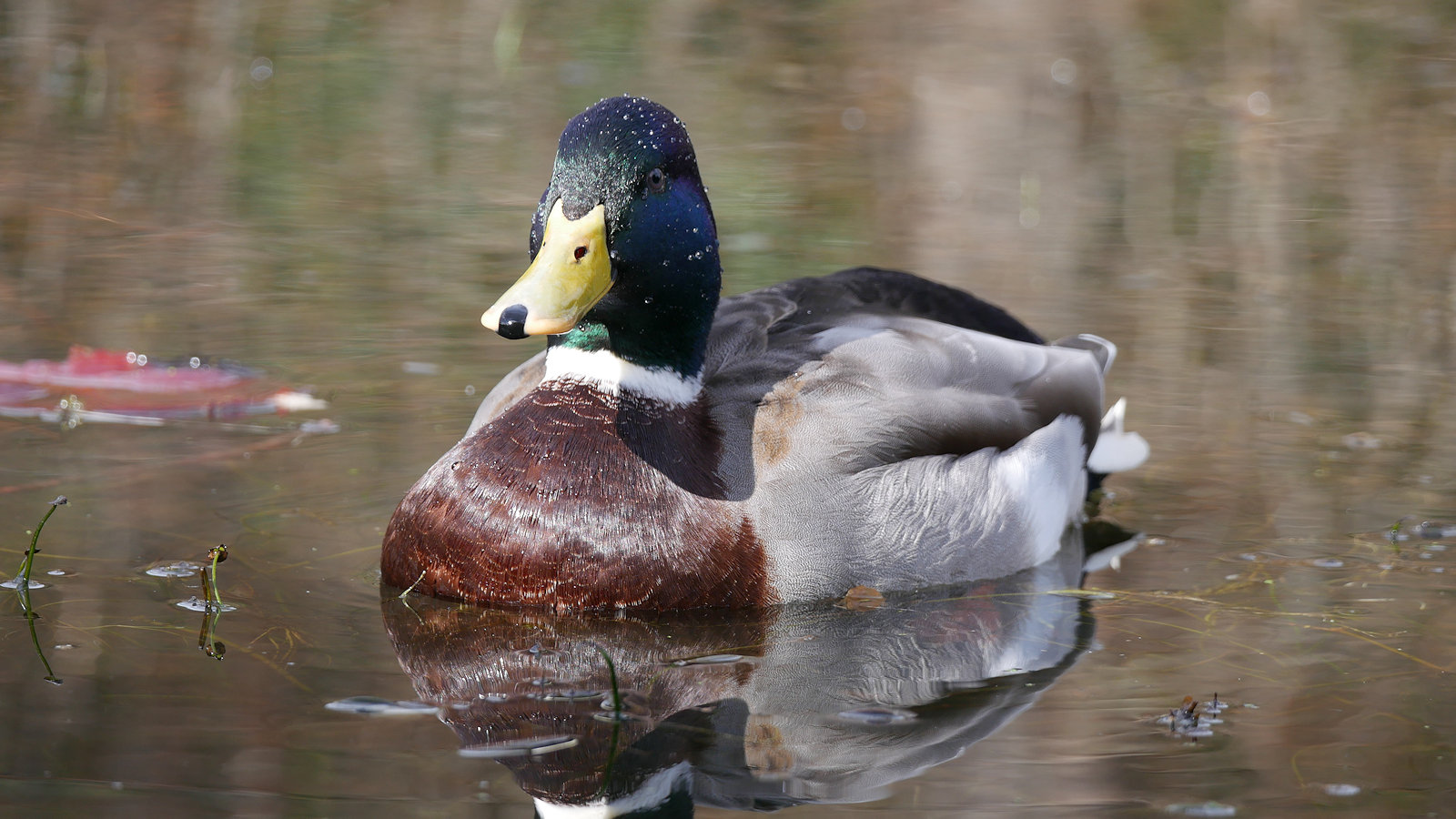For anyone interested in watching birds, there is one item of equipment that makes all the difference, a pair of binoculars. Yes, they are not essential, through most birders would not be without them and you would be missing out on seeing so many birds that you would probably get frustrated very quickly. So, let us assume you want to purchase a pair of binoculars, how do we go about choosing?
First a few binocular basics. Binoculars are usually specified by a set of numbers, for example 8 x 35, 10 x 40 and even 20 x 50, sometimes followed by a letter such as B or RA. The first number equated to the magnification of the binocular, how many times the image is enlarged when viewing through the binocular. The second number is the diameter of the objective lens in millimetres, that’s the one at the front of the binocular. The larger the objective lens the greater amount of light will be gathered and the brighter the image. The letters, B means that the binocular has rubber or push-down eye-cups and RA shows that the binocular is rubber-covered, offering some protection against knocks and wear.
There are also a few other aspects to binoculars that you should be aware of. One is field of view and this is how wide an area is encompassed in the binoculars’ image. It is usually expressed as the width in feet of the image at 1000 yards. Weight is the next consideration you need to think about if you are going to be carrying them around your neck for extended periods of time.
Image quality is also something of importance and generally speaking you get what you pay for. Top end binoculars such as Leica, Zeiss and Swarovski are arguably three of the best quality but come at a premium price. My own binoculars are Leica Trinovid 8 x 42 which I bought some 25 years ago and they are as good as the day I bought them. Interestingly, I paid £800 for them back then and they are the around the same price today. I’ve only looked at a few aspects relating to binoculars and very briefly. There is plenty of good advice available online.
Finally, the matter of cost and my advice is to first set your budget and buy the best you can afford. It is also very important to try out binoculars if you can, paying attention to image quality, weight and generally how they feel to you. Look at how easy are they to focus. Lift them up to your eye and see how easy it is to pick up a passing bird. Test them outdoors rather than indoors, if possible. On last thing, ask yourself will I actually use them or will they end up sitting on the shelf gathering dust?
One final question, what would I purchase for myself today? Easy, a pair of Leica Ultravid 8x 32 HD Plus, mainly for their lighter weight. Only problem is they cost £1800 and I’m not prepared to spend that when I already have a set of Leica Trinovid 8 x 42 binoculars. Perhaps someone will read this page and buy them for me? You never know.
Copyright ©2020 Gary Buckham. All rights reserved.


